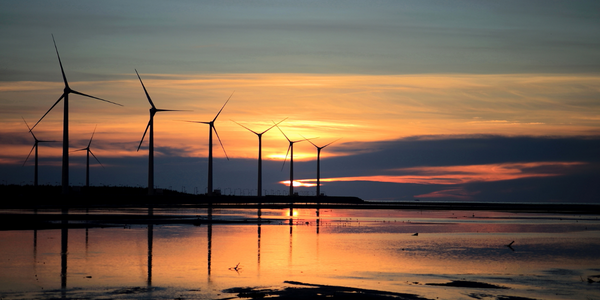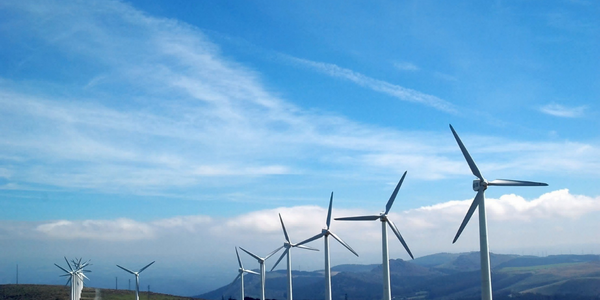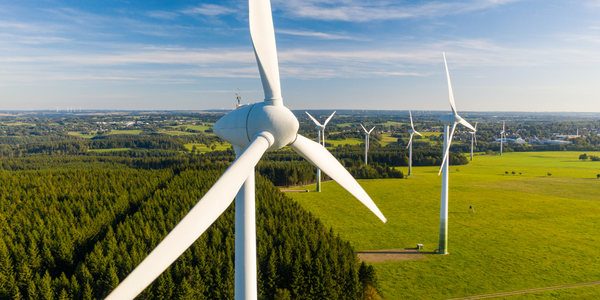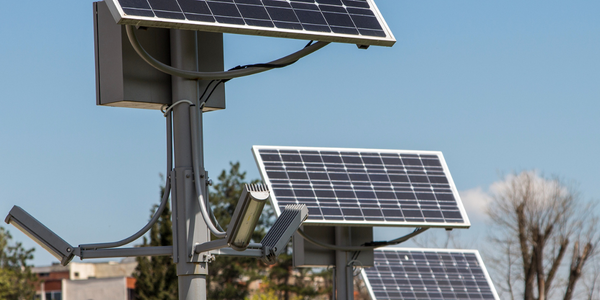公司规模
Mid-size Company
地区
- Europe
国家
- Spain
产品
- DocuWare
技术栈
- Cloud-based network folder
- ERP system
实施规模
- Enterprise-wide Deployment
影响指标
- Productivity Improvements
- Cost Savings
技术
- 基础设施即服务 (IaaS) - 云计算
适用行业
- 可再生能源
适用功能
- 人力资源
服务
- 云规划/设计/实施服务
关于客户
Rotonda 集团是一家由约 70 家独立公司组成的企业集团,拥有 500 多名员工。该集团旗下最知名的品牌 Magna 和 Emotiva.net 在西班牙五个地区经营着 100 多家赌场和博彩厅。除了娱乐业,该公司还涉足可再生能源、农业、电信、能源和房地产。近年来,该公司越来越注重数字化转型,以实现各种会计和人力资源流程的自动化。
挑战
在引入文档管理系统 (DMS) 之前,Rotonda Group 严重依赖纸质流程和手工工作。该公司每年收到超过 120,000 张送货单,所有这些单据都由快递员每月收集并发送到总部一次。这导致了大量额外工作,并且经常导致发票审批和存储延迟和不一致。行政人员必须同时处理大量文件,这既低效又耗时。作为数字化转型的一部分,Rotonda 决定实施 DMS 来简化这些流程。
解决方案
Rotonda Group 实施了文档管理系统 (DMS) DocuWare,以自动化许多以前的手动流程。所有分支机构都配备了自己的扫描仪,数字化的交货单首先传输到基于云的网络文件夹,然后由 DocuWare 编制索引并存储。该公司现在每年主要以电子方式接收 45,000 张供应商发票。DocuWare 监控公司的邮箱并自动存档新收到的发票。如果文档包含交货参考,该解决方案甚至会在发票和交货单之间建立链接。这提高了后续审批流程的安全性,因为只需单击鼠标即可将发票项目与实际交付的货物进行比较。在人力资源领域,由于 DocuWare,新的雇佣合同仅以数字方式签署。第一步,新员工只需在家填写基于网络的表格。然后数据会自动传输到管理软件以创建雇佣合同。在最后一步,DocuWare 通过电子邮件将要签署的合同发送给新员工——数字签名通过集成签名服务应用。
运营影响

Case Study missing?
Start adding your own!
Register with your work email and create a new case study profile for your business.
相关案例.

Case Study
Remote Monitoring & Predictive Maintenance App for a Solar Energy System
The maintenance & tracking of various modules was an overhead for the customer due to the huge labor costs involved. Being an advanced solar solutions provider, they wanted to ensure early detection of issues and provide the best-in-class customer experience. Hence they wanted to automate the whole process.

Case Study
Vestas: Turning Climate into Capital with Big Data
Making wind a reliable source of energy depends greatly on the placement of the wind turbines used to produce electricity. Turbulence is a significant factor as it strains turbine components, making them more likely to fail. Vestas wanted to pinpoint the optimal location for wind turbines to maximize power generation and reduce energy costs.

Case Study
Siemens Wind Power
Wind provides clean, renewable energy. The core concept is simple: wind turbines spin blades to generate power. However, today's systems are anything but simple. Modern wind turbines have blades that sweep a 120 meter circle, cost more than 1 million dollars and generate multiple megawatts of power. Each turbine may include up to 1,000 sensors and actuators – integrating strain gages, bearing monitors and power conditioning technology. The turbine can control blade speed and power generation by altering the blade pitch and power extraction. Controlling the turbine is a sophisticated job requiring many cooperating processors closing high-speed loops and implementing intelligent monitoring and optimization algorithms. But the real challenge is integrating these turbines so that they work together. A wind farm may include hundreds of turbines. They are often installed in difficult-to-access locations at sea. The farm must implement a fundamentally and truly distributed control system. Like all power systems, the goal of the farm is to match generation to load. A farm with hundreds of turbines must optimize that load by balancing the loading and generation across a wide geography. Wind, of course, is dynamic. Almost every picture of a wind farm shows a calm sea and a setting sun. But things get challenging when a storm goes through the wind farm. In a storm, the control system must decide how to take energy out of gusts to generate constant power. It must intelligently balance load across many turbines. And a critical consideration is the loading and potential damage to a half-billion-dollar installed asset. This is no environment for a slow or undependable control system. Reliability and performance are crucial.

Case Study
Remote Monitoring and Control for a Windmill Generator
As concerns over global warming continue to grow, green technologies are becoming increasingly popular. Wind turbine companies provide an excellent alternative to burning fossil fuels by harnessing kinetic energy from the wind and converting it into electricity. A typical wind farm may include over 80 wind turbines so efficient and reliable networks to manage and control these installations are imperative. Each wind turbine includes a generator and a variety of serial components such as a water cooler, high voltage transformer, ultrasonic wind sensors, yaw gear, blade bearing, pitch cylinder, and hub controller. All of these components are controlled by a PLC and communicate with the ground host. Due to the total integration of these devices into an Ethernet network, one of our customers in the wind turbine industry needed a serial-to-Ethernet solution that can operate reliably for years without interruption.

Case Study
Temperature monitoring for vaccine fridges
Dulas wanted a way to improve the reliability of the cold chain, facilitating maintenance and ensuring fewer vaccines are spoiled. Dulas wanted an M2M solution which would enable them to record and report the temperature inside vaccine refrigerators.

Case Study
IoT Powering A New Way to Light Streets with Bifacial Solar Panels
When James Meringer’s commercial contracting business experienced a rapid increase in solar projects, he also saw an opportunity to extend the benefits of solar by using the bifacial solar panels he’d become familiar with in new ways. Bifacial solar panels enable sunlight from both sides of the panel, making it a more efficient harvest of solar power. Seeing the panel’s power, James and his team set out to use the same technology for street lighting. Until now, solar street lights have served as utilitarian solutions that force designers to choose between form and function. The Mira Bella Energy team has changed that.







